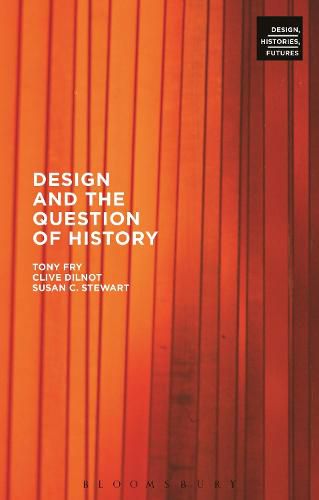Readings Newsletter
Become a Readings Member to make your shopping experience even easier.
Sign in or sign up for free!
You’re not far away from qualifying for FREE standard shipping within Australia
You’ve qualified for FREE standard shipping within Australia
The cart is loading…






Design and the Question of History is not a work of Design History. Rather, it is a mixture of mediation, advocacy and polemic that takes seriously the directive force of design as an historical actor in and upon the world. Understanding design as a shaper of worlds within which the political, ethical and historical character of human being is at stake, this text demands radically transformed notions of both design and history. Above all, the authors posit history as the generational site of the future. Blindness to history, it is suggested, blinds us both to possibility, and to the foreclosure of possibilities, enacted through our designing.
The text is not a resolved, continuous work, presented through one voice. Rather, the three authors cut across each other, presenting readers with the task of disclosing, to themselves, the commonalities, repetitions and differences within the deployed arguments, issues, approaches and styles from which the text is constituted. This is a work of friendship, of solidarity in difference, an act of cultural politics. It invites the reader to take a position - it seeks engagement over agreement.
$9.00 standard shipping within Australia
FREE standard shipping within Australia for orders over $100.00
Express & International shipping calculated at checkout
Design and the Question of History is not a work of Design History. Rather, it is a mixture of mediation, advocacy and polemic that takes seriously the directive force of design as an historical actor in and upon the world. Understanding design as a shaper of worlds within which the political, ethical and historical character of human being is at stake, this text demands radically transformed notions of both design and history. Above all, the authors posit history as the generational site of the future. Blindness to history, it is suggested, blinds us both to possibility, and to the foreclosure of possibilities, enacted through our designing.
The text is not a resolved, continuous work, presented through one voice. Rather, the three authors cut across each other, presenting readers with the task of disclosing, to themselves, the commonalities, repetitions and differences within the deployed arguments, issues, approaches and styles from which the text is constituted. This is a work of friendship, of solidarity in difference, an act of cultural politics. It invites the reader to take a position - it seeks engagement over agreement.